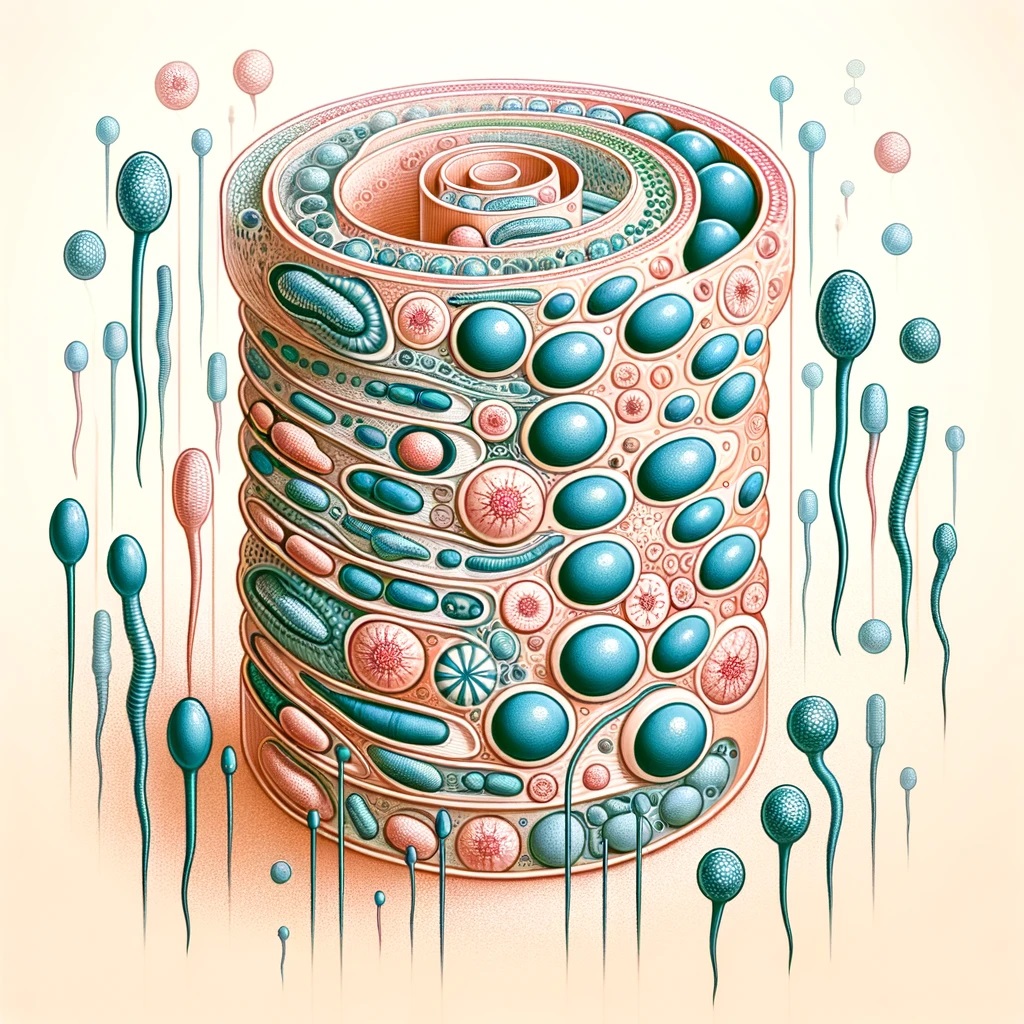For the first time, a team of researchers has successfully cultivated testicles in a lab setting. These were developed from immature cells from newborn mice and have evolved to form structures similar to natural testes, with the potential to produce sperm. This innovation falls under the category of organoids, which are lab-grown organs used to study organ development and diseases. Previously, there was no method to study testicular function in vitro, so this breakthrough could significantly enhance our understanding of male reproductive health.
Dr. Nitzan Gonen, the lead researcher, mentioned, “Synthetic testicles could become a vital tool for fundamental research into the development and function of testes, leading to new treatments for sexual development disorders and infertility.”
The creation involved cultivating primary mouse testicular cells in a growth medium. Within 48 hours, these lab-created testes developed into small organ-like structures with similarities to real testes, including tubular formations and cellular arrangements.
Unlike typical organoids that mimic early developmental stages, these lab-grown testes reached a more advanced level of maturity. They were kept for nine weeks, growing in size until they could no longer sustain themselves due to the increased demand for blood supply. The development of Sertoli cells, essential for sperm production, was a focus of the study, and their growth over the nine weeks mirrored natural development.
While the lifespan of these lab-grown testes may seem short, it aligns with the natural spermatogenesis cycle in mice, suggesting the potential for these organoids to produce sperm. Preliminary results show promise for supporting the initial stages of sperm development.
The researchers speculate that this method could be adapted for human cells, offering new avenues for treating male infertility. They believe that if these lab-grown testes can replicate the full functionality of adult testicles, they could enable infertile individuals to conceive biologically.
The findings have been documented in the International Journal of Biological Sciences. International Journal of Biological Sciences.


